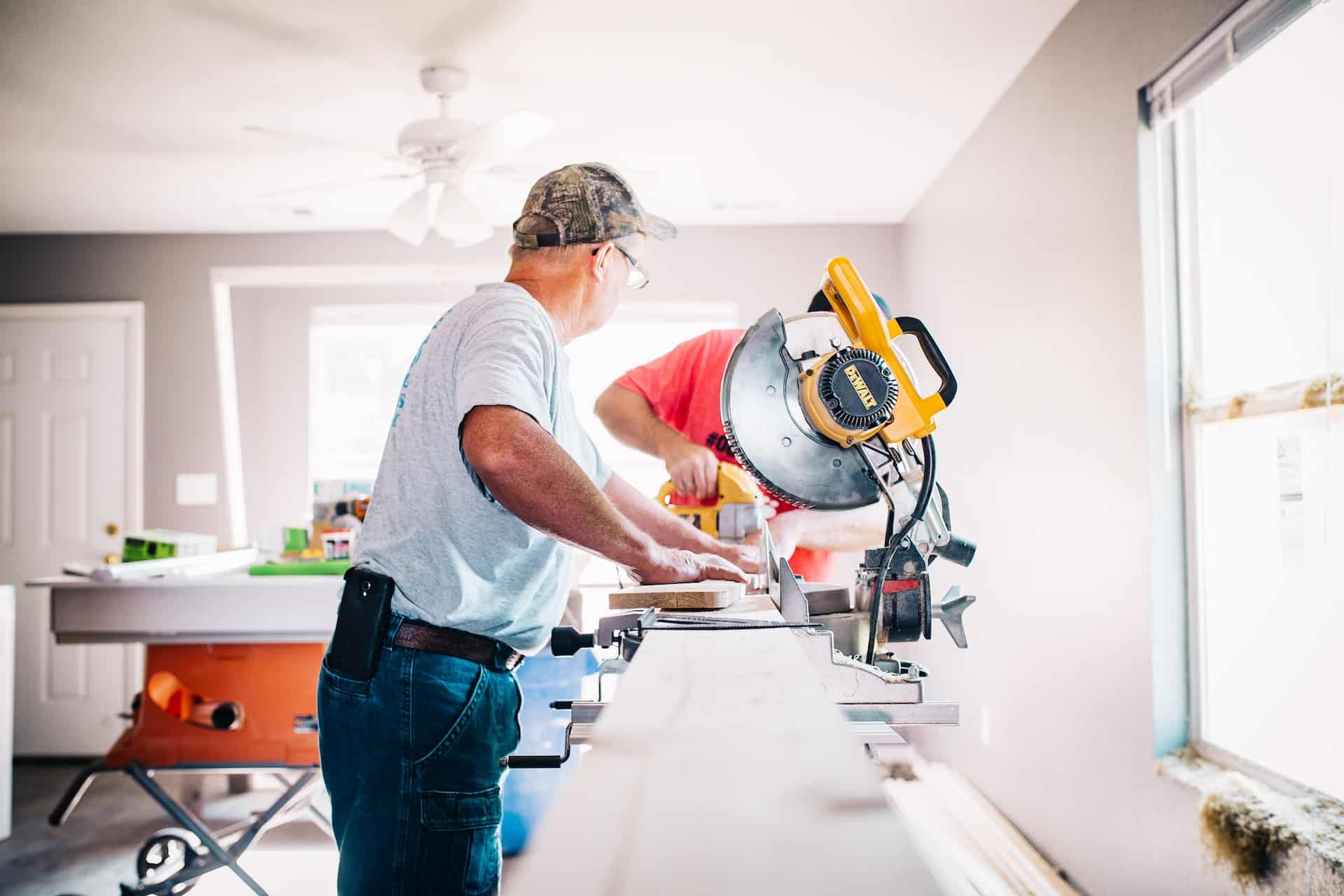Edge banding is a fundamental skill in woodworking and interior design. It not only provides protection to exposed edges but also contributes significantly to the aesthetics and longevity of your projects. Whether you’re a seasoned craftsman or a DIY enthusiast, mastering edge banding techniques is essential. In this article, we’ll explore some valuable tips and techniques to help you achieve a seamless and professional finish in your edgebanding projects, using materials like PVC edgebanding, veneer edgebanding, and more.
Proper Surface Preparation
Before you start applying edge banding, ensure that the surface is clean and free from dust, grease, or any contaminants. Sand the edges smoothly to create a clean and even surface. Proper surface preparation is crucial for the adhesive to bond effectively.
Choose the Right Edge Banding Material
Selecting the appropriate edge banding material is essential. Common options include PVC edgebanding, ABS, wood veneer, and more. Consider factors like the project’s use, environment, and desired aesthetics when choosing the material. Each type has its unique characteristics and applications.
Matching or Contrasting Colors
Decide whether you want the edge banding to match the surface material for a seamless look or contrast for a design statement. Both options can work well, depending on your project’s style and goals.
Invest in Quality Tools
Quality tools make a significant difference in the edge banding process. Invest in a reliable edge banding machine or trimmer for precision. A good-quality edge banding iron or roller can also help ensure proper adhesion.
Apply Adequate Pressure
When applying the edge banding, use consistent and firm pressure to ensure proper bonding. A roller or an edge banding press can help distribute pressure evenly along the entire length of the edge.
Trimming and Cutting Techniques
After applying the edge banding, trimming, and cutting are critical steps. Use a sharp utility knife or edge banding trimmer to trim the excess material. Cut at a slight angle to create a beveled edge, making it easier to sand and achieve a seamless finish.
Sand Smoothly and Evenly
Sand the edge banding after trimming to create a smooth and flush surface. Start with coarser grit sandpaper and progressively move to finer grits for a polished finish. Ensure that the edges are perfectly aligned with the surface.
Consider Edge Banding Thickness
Edge banding comes in various thicknesses. The thickness you choose should align with the thickness of the surface material. An even edge profile will ensure a seamless look.
Edge Banding for Curved Surfaces
When working with curved or rounded surfaces, use pre-glued flexible edge banding, such as PVC edgebanding or veneer edgebanding. These materials conform better to the contours of the surface and ensure a snug fit.
Practice and Patience
Like any skill, edge banding improves with practice. Don’t be discouraged if your first attempts aren’t perfect. Take your time, follow the techniques, and refine your skills over time.
Test on Scrap Material
Before applying edge banding to your final project, practice on scrap material. This will help you become familiar with the process and refine your techniques without the risk of making mistakes on your actual project.
Quality Control
Regularly inspect your work during the edge banding process. Ensure that the edges are flush, the adhesive has bonded properly, and the final result meets your standards.
Edge banding is a vital skill for anyone involved in woodworking or interior design projects. By following these tips and techniques and selecting the right materials, such as PVC edgebanding, veneer edgebanding, and others, you can achieve a seamless and professional finish that not only enhances the aesthetics of your work but also ensures the durability and longevity of your projects. With practice and attention to detail, you’ll become a master of edge banding, elevating the quality of your craftsmanship.
